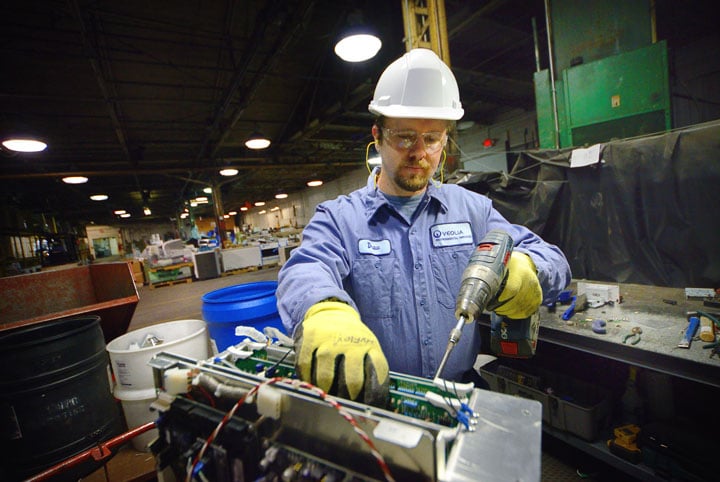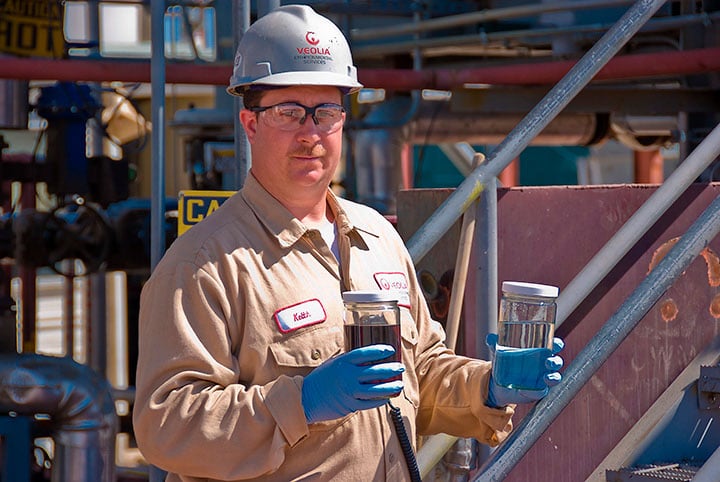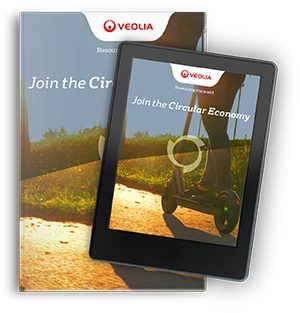A circular economy is an alternative way of approaching products and resources. This is the final in a series of blog posts that explains the different business models that help companies at all scales and levels to reduce, reuse, and recycle waste, effectively and profitably. This post focuses on the Product Life Extension model.
Are the products you buy actually built to last?
When we buy a product, most of us assume it is built to last as long as possible. For the most part, that assumption is true. Although some companies may operate on the basis of planned obsolescence, deliberately designing their products to fail after a certain period of time, the majority do not want their products to stop working sooner than their customers would expect.
In fact, what’s likely a larger problem than planned obsolescence is the fact that many products last so long that they become out of fashion or technologically inferior to newer products. The issue isn’t so much that products go bad quickly, it’s that products advance so fast that within a few years a phone, computer, or even a car is greatly surpassed in quality, features, and capabilities by the latest models.
When the new hot thing comes out, people throw out the old thing, even though there is probably still value to be extracted from it. What this practice does is toss heaps of products into quickly filling landfills, as well as force us to extract even more resources from Earth’s dwindling supplies.
This wasteful approach has characterized both producers and consumers for at least the last century. The circular economy seeks to change this approach entirely. Instead of discarding goods, materials, and energy that still have value to give, circular models find ways to extract greater value and use existing resources to their fullest before disposing of them.
One of those circular business models is known as the Product Life Extension model.
A better way of doing things: The Product Life Extension business model
The Product Life Extension business model focuses on lengthening the time period that a product can be used before disposing of it. The goal is to maximize both lifespan and utilization, by increasing the value extracted from products before they are discarded.

The ultimate goal of the model is to limit the amount of natural resources that a company is using. Products that quickly become obsolete or are made of low quality material and discarded are essentially wasting the resource inputs that went into making them. By either creating products that last longer or recycling those that become obsolete, this model can decrease our need for new, virgin resources.
Why businesses should care
On the surface, designing a product that lasts a decade instead of a few years does not seem easy or even beneficial to the people who produce the goods. In fact, it is often cheaper to replace an entire product rather than diagnosing the problem and replacing or repairing a single part of it. However, this mindset overlooks at least two crucial factors that will only become increasingly important as we move into a future with more limited resources and highly environmentally conscious consumers.
Cost reduction
By reusing materials from obsolete or damaged products, the producer can avoid purchasing raw materials, lowering input production costs. As new resources become scarcer and more expensive, finding alternative inputs will become even more critical to a business’s success.
Corporate social responsibility
When goods are disposed of less often, less material ends up in landfills. In addition, not producing as many new products conserves energy and reduces pollution and harmful byproducts created through the manufacturing process. Helping to alleviate environmental problems has become and is becoming more important to many consumers. By adopting this model, a business can leverage being part of the solution, not the problem.
Why customers should care
If you’re a customer, you might be thinking that this model will create more expensive products. In a way you would be correct. Companies will produce high quality, longer lasting goods that will most likely cost more to buy than lower quality, cheaply made goods.
While there is a higher upfront cost, you save more money in the long run through avoiding the purchase of cheaper products over and over again.
What are some real examples?
The Product Life Extension business model is not new. Essentially, any time you have something you own repaired, instead of throwing it away, you are engaging in this approach.

On the producer side, any time a company makes it easier for you to continue to use a product that you’ve already purchased, they are also engaging in this model. Examples of this way of doing things stretch from simple to complex.
- Remanufactured parts – Instead of buying new parts or even whole new machines, equipment owners can have their existing components inspected, refurbished, and rebuilt to meet OEM specifications. This process allows owners to extend the life of their equipment at a fraction of the cost of buying a new machine.
- Secondhand stores and online marketplaces – Both old fashioned secondhand stores and online marketplaces embody the same principle: just because one person no longer has a use for a product doesn’t mean another person can’t gain value from it. Instead of throwing away goods, it’s easier than ever to sell or give them away, so they can be used more than they would have been otherwise.
- Updating software instead of hardware – When companies offer or sell software updates and improvements or entire new operating systems, they are extending the life of their product. Building hardware that lasts while selling improved software is one way that businesses can still make a profit while selling fewer hardware products.
How can my business adopt the model?
Making the switch to a circular business model can be an attainable and profitable goal for any company. Implementation looks different for every business, but what’s important is taking the first steps towards bringing circularity to your organization. Partnering with an organization that understands the circular economy and circular business practices is the first step.



